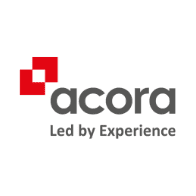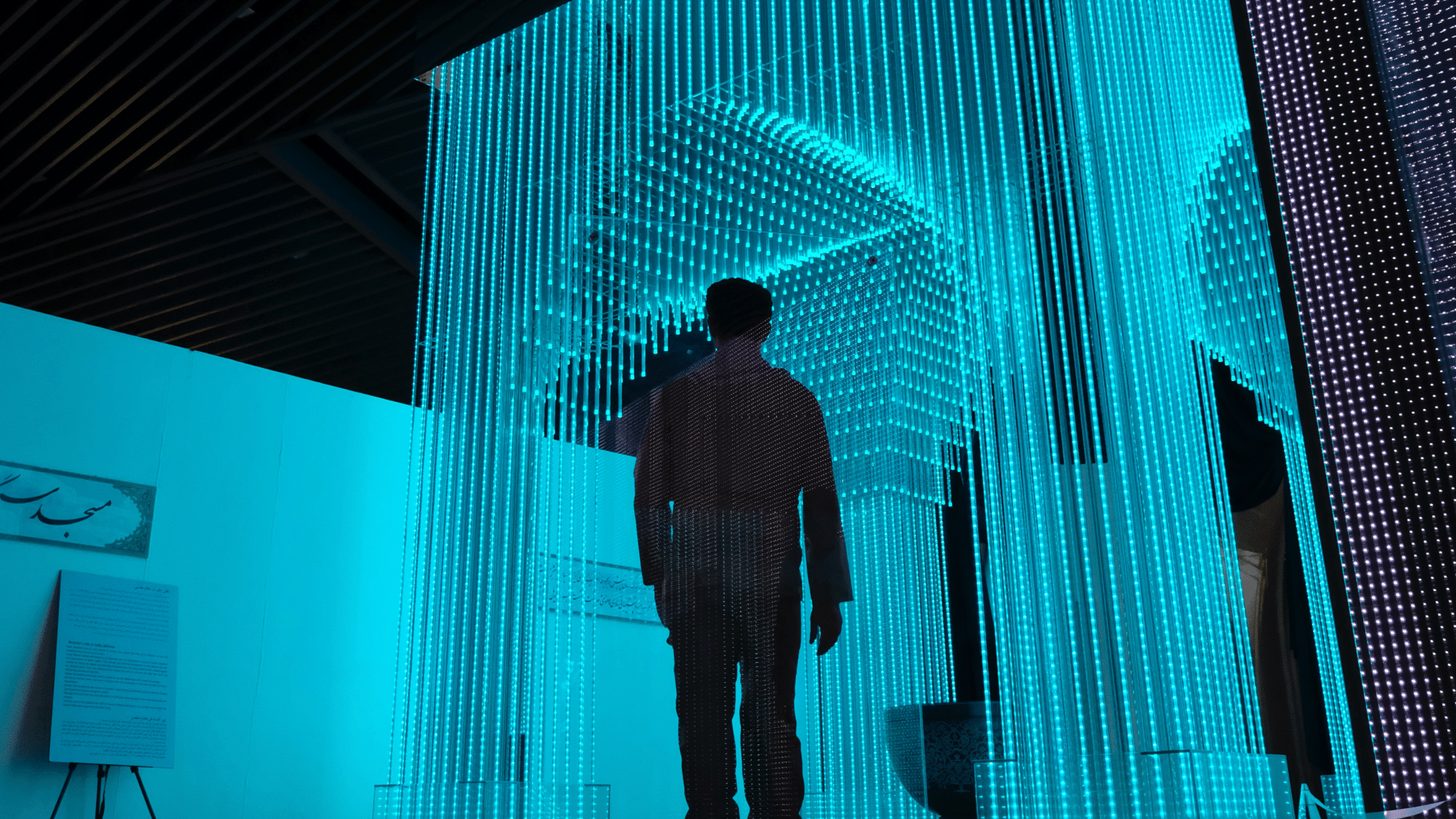The goal of Software Asset Management (SAM) is to drive cost-efficiency without having a negative impact on business operations and IT service levels. Good Software Asset Management (SAM) enables a business to gain maximum benefit from IT investment. Just as with hardware asset management, SAM requires the integration of people, processes and technology so that software licenses can be monitored, evaluated and managed accordingly.
Unfortunately, SAM is not always managed well, especially where individual user licenses are required.
Who is responsible for SAM?
Who is responsible for purchasing, deploying, tracking and optimising your SAM process? While this might vary according to the size of your business and organisational structure, for most it will look like this:
Purchasing
IT Support and IT Procurement need to have an agreed process for purchasing. Establish a set of guidelines that enable swift purchase and deployment:
- Identify the people responsible for software acquisition and price negotiations
- Create a pre-approved list of vendors
- Decide whether employees can purchase any software directly and if so, provide clear processes for tracking
Tracking & Reporting
Ultimately, tracking and reporting fall under the IT Management category. In order to assess your current SAM process, you will need to clearly understand:
- How much spend and labour is currently assigned to the SAM process?
- What is your annual spend on software licenses and maintenance fees?
- How frequently do you conduct software audits?
- How do you track software usage and how confident are you in the data?
Setting targets
Again, this can vary according to the size of your organisation. You will need to decide how many people, which people and what budget you can dedicate to Software Asset Management -for some organisations, outsourcing might be a favourable option. Once you have your team in place, set measurable, achievable KPIs and give each one a deadline. Those KPIs might include:
- Reduce license expenditure
- Reduce time spent on internal audits
- Increase software usage policy compliance
Tips and tricks for improving ongoing SAM
Software Asset Management is an ongoing process and you cannot rely on users to update you when they no longer use a particular piece of software. Use tools and technology to reduce some of the overheads associated with auditing. For example, you can run a script to check what has been used in the last 90 days to flag dormant accounts. Stay on top of perpetual licenses as well as annual licenses. Some perpetual licenses carry annual maintenance fees that can be overlooked in your budgets. Above all else, have the tools in place to catalogue software assets. Managing a library that is associated with your CMDB and align it with your joiners, movers and leavers process.
BROWSE SIMILAR TOPICS
Professional ServicesASK A QUESTION
Don’t have time to call? Send your enquiry to the Acora team and we’ll get back to you quickly.

 The Acora Press Team
The Acora Press Team 
